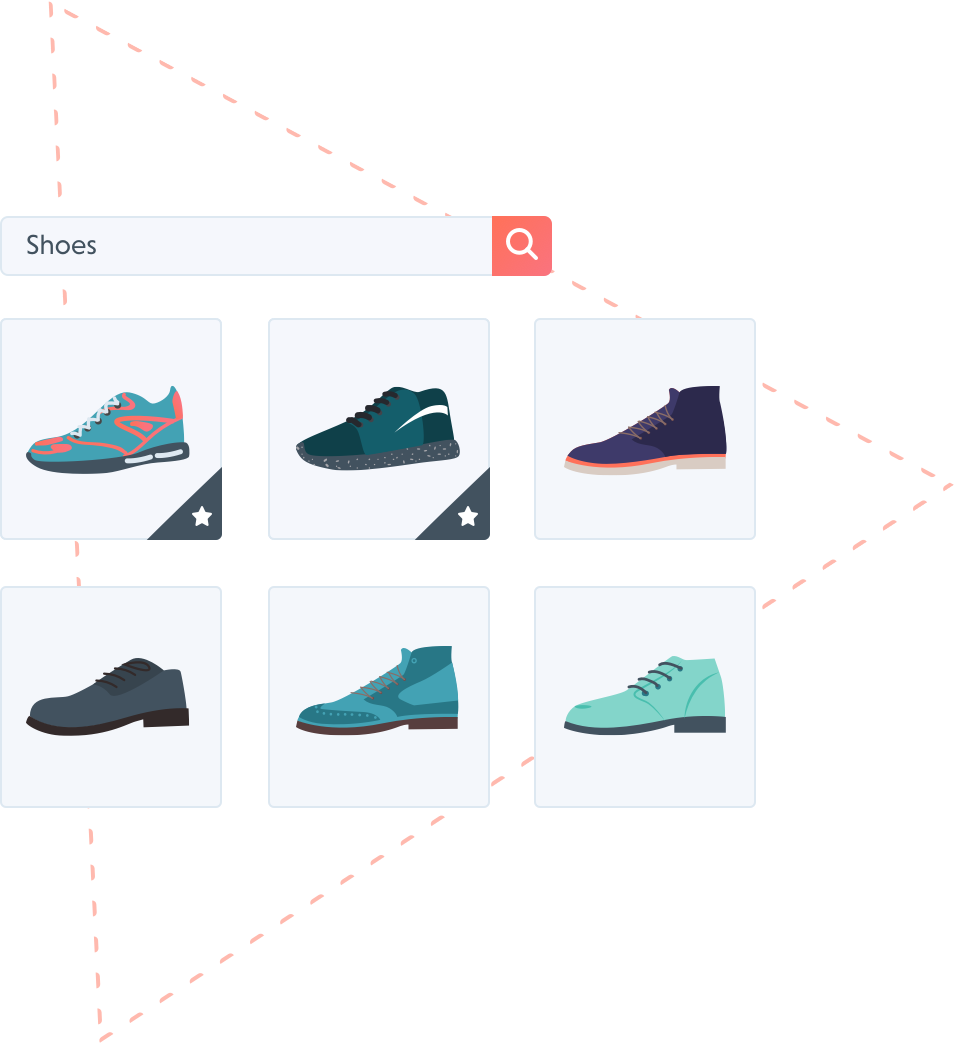Faceted Search Guide
Learn More About Faceted Search

Sometimes referred to as guided navigation, faceted search and navigation uses certain product metadata as visible criteria visitors can use to refine their search queries and category listings.
Find out how we can help you with faceted search and navigation:
If you've got a retail site with a large product catalogue, you already know you need to make sure your customers can find what they need without too much guesswork. Your most motivated customers are the ones who use the search function on your site. In fact, they're twice as likely to convert because they know what they're looking for (source).
Offering faceted navigation helps all of your customers, but it especially helps your searchers. Facets help them narrow their options and find what they came for without having to guess at your catalogue descriptions and structure, or do too much filtering and browsing.
Only 40% of online retailers offer faceted search, so adding it to your site can boost your conversion rates and make you a lot more popular with online shoppers (source).
With faceting, you ensure that the right, logical filters are available where and when the user is looking for them.
Tip: Done with user needs as a top priority, faceting helps customers find their way around your online store just like they would in a physical store.
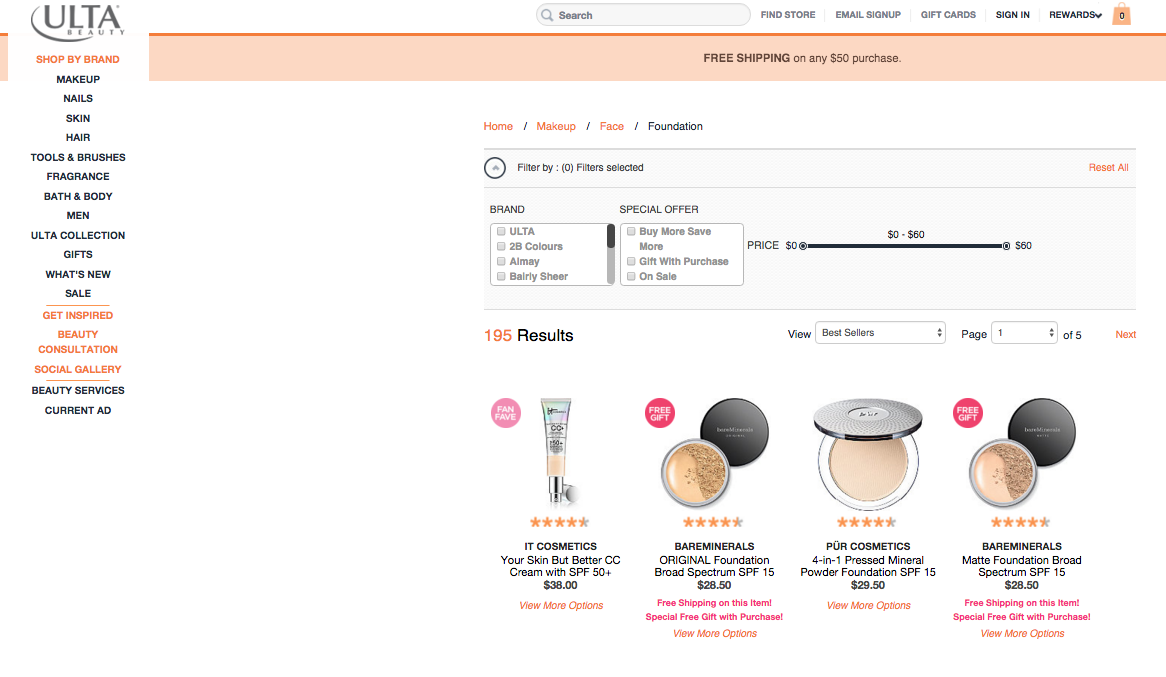
Users don't want to perform multiple searches to find what they need. Allow them to filter by a few different facet types so they can get exactly what they came for (Source).
Faceted search, also known as guided navigation or faceted navigation, is a way to add specific, relevant options to your results pages so that when your users search for a product, they can see where in your catalogue they've ended up.
I know what you're thinking: "How does this differ from filters?" Filters help browsers narrow a query or avoid searching at all. Facets are a subset of filtering, and help searchers quickly refine their options without losing their way or ending up scrolling through page after page of ten thousand spoons when what they need is a knife 😃 .
Tip: Not only will your customers find what they came for, but you can also use smart faceting to help them learn more about your product catalogue.
If you've only got 100 products in your catalogue, facets probably aren't for you. Heck, even filters might be more than you need, since all of your products fit on a few pages. But for large sites, basic filters aren't enough, even if your customers know exactly what they want. Offering sorting and filtering helps users narrow while they browse; facets are a subset of filtering.
Faceted search allows a customer who knows what they want to narrow by what's important, based on the search terms they use, and without limiting their choice to exactly one item. It also helps those who aren't sure what they want to outline some of the attributes they might want to consider. They can also be useful for teaching your customers the kinds of questions to ask.
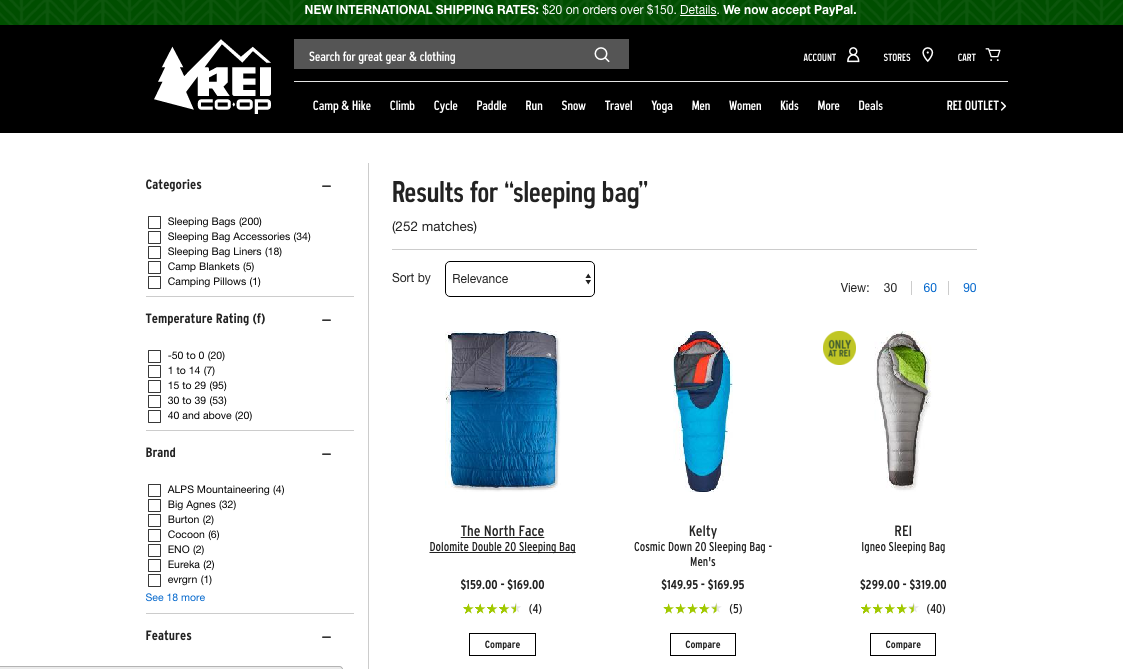
For example, outdoor retailer REI helps shoppers choose a sleeping bag, even when they aren't entirely sure how to shop for one (Source).
What temperature range do you need? How much do you want to spend? Do you have a brand in mind? Smart facet planning allows your product catalogue to present the kinds of questions that a salesperson in a physical store would ask to help a shopper find what they need -without overwhelming them.
Tip: If you have a varied and large catalogue, facets can make the difference between a happy customer who comes back for more, and a would-be customer who gets frustrated and goes elsewhere.
Ready to add faceted search to your site? Great! Here are a few more things to think about. These will help you put your customer first.
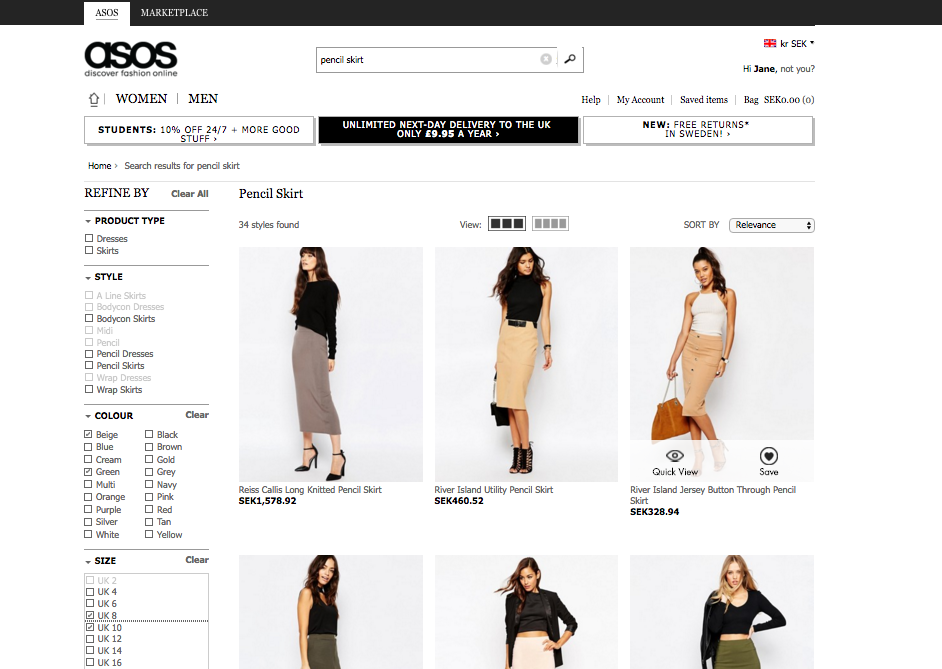
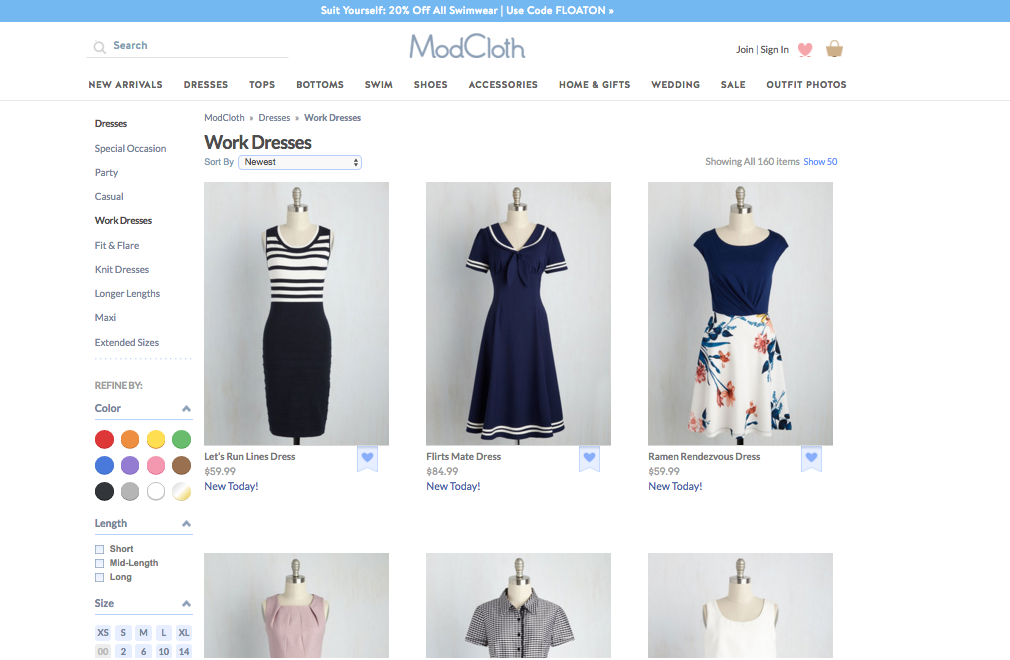
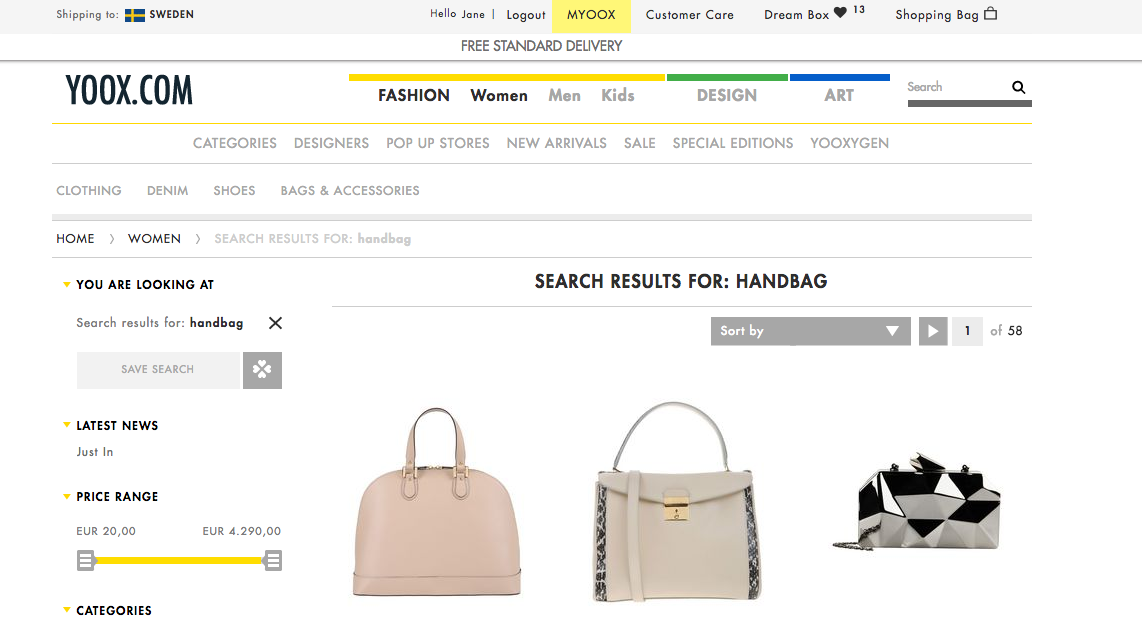
Tip: The most important thing to remember about facets is that they are about helping the user find what they want when they want it, not just saving them a few clicks.
Well, maybe - if it's right for your customers. We hope we've helped you gain some perspective about how to determine if faceted search is right for your typical user journey.
Loop54 allows you to deliver any and all faceted filters that you want (learn more). We don't constrain or limit the visual representation of your search results, which means that if you do add faceted search, there's no search engine better equipped to help you make the most of it.
You'll choose the product attributes for faceting during setup, and then Loop54 handles the rest automatically - that means you don't have to go through and configure each and every product entry. And that, in turn, means you get time to design the kind of user interface, look and feel, and content that will make your customers really fall in love.
Learn everything you need to know about faceted search, including:
